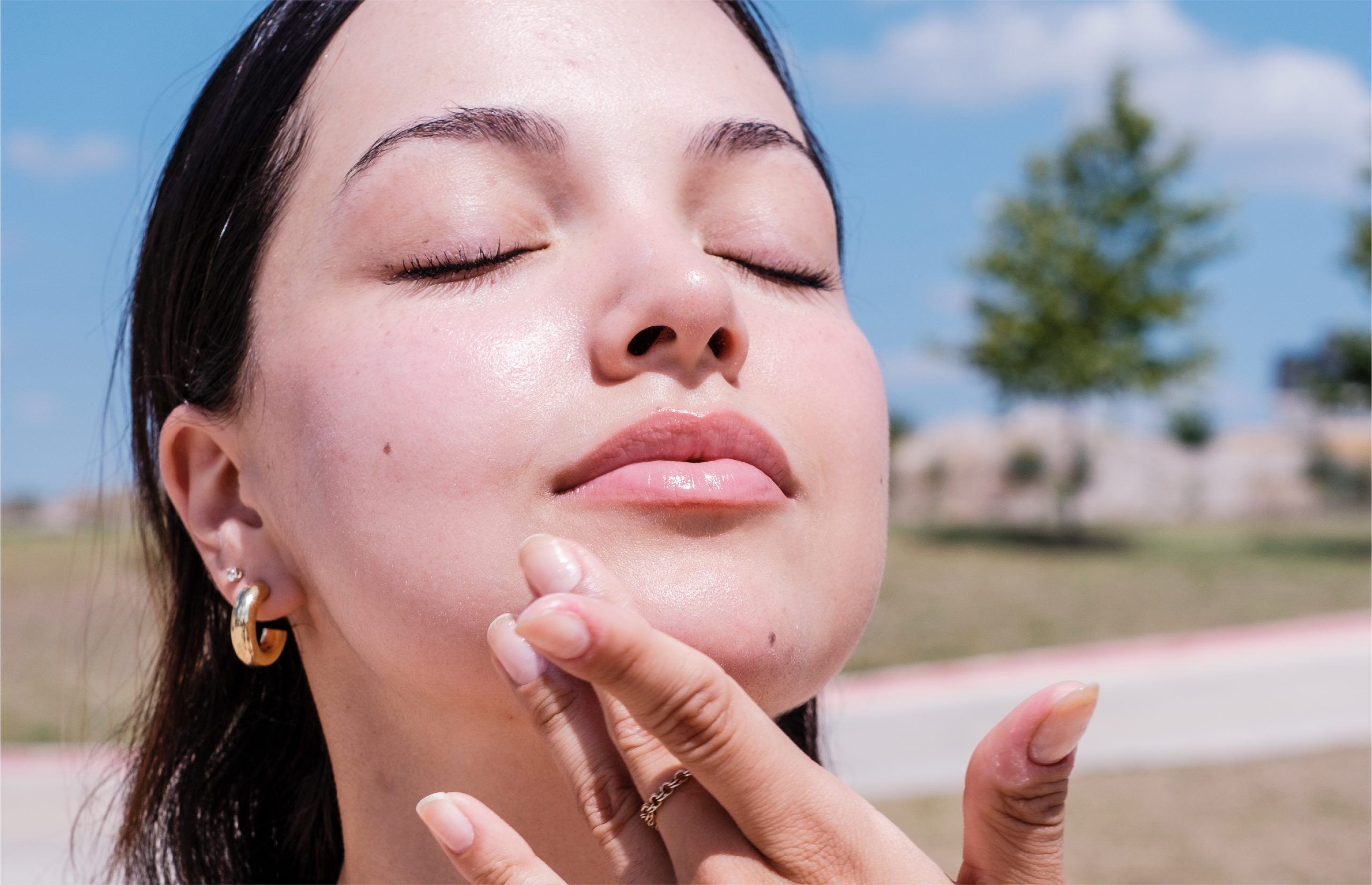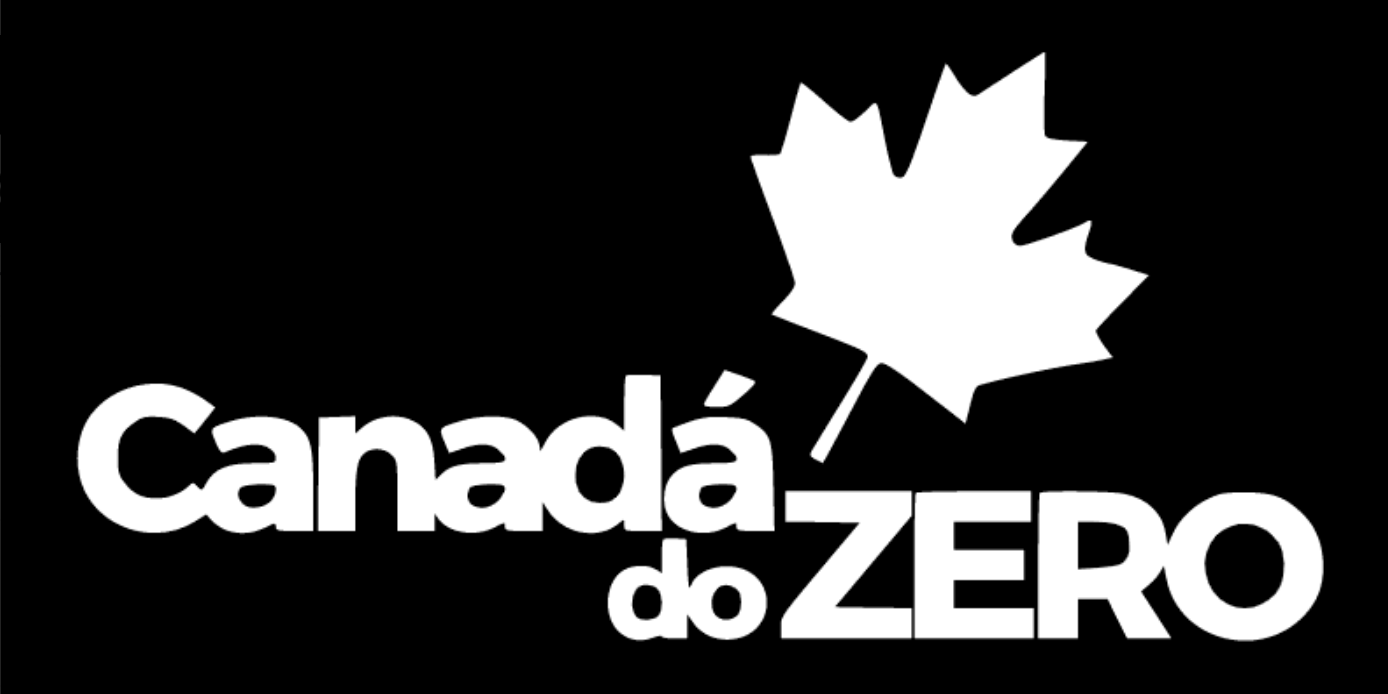
Summer is synonymous with ice cream, barbecue, and long days spent by the water. For many of us, though, it’s also synonymous with other (much less exciting) things—like, you guessed it, skin issues. Since people tend to spend more time outdoors, exposing their skin to environmental aggressors like the sun, heat, and chlorine, it’s no wonder they start to see sun damage and summer breakouts appear.
As for the latter, people are often surprised to find themselves breaking out so consistently in the summer. They wonder why their blemishes increase in number, even when they haven’t significantly changed their skincare routines. It’s frustrating for sure.
In this post, I’ll share the six most common causes of summer breakouts. This is based on what I’ve seen throughout my 30+ years of experience as an esthetician. I’ll also share solutions, so you can get your skin back on track, looking smoother and clearer in no time!
6 Common Causes of Summer Breakouts
1. Sunscreen
For many people, regularly wearing water-resistant sunscreen can cause problems. That’s because, in order for sunscreen to repel water, it uses oil-based ingredients that can potentially slide into pores and create blockages. From there, it’s the perfect breeding ground for C. acnes bacteria. The result? A full-blown breakout. (Read more about the science behind breakouts.)
Luckily, there’s a simple way to prevent this from happening. You just need to use my unique sunscreen layering technique. Here’s how it works. Start by applying a non-water-resistant sunscreen, like Weightless Protection SPF 30. Then, apply a water-resistant sunscreen over top. This layer sits atop the skin’s surface as a kind of sunscreen topcoat without slipping into (and subsequently clogging) your pores.
From there, blot your skin with a tissue to remove surface oil and tackiness. Finally, dust on a layer of powder sunscreen over the first two sunscreens. This will ensure your skin is really protected from the sun without clogging your pores!
2. Sweat and Certain Items of Clothing
Sweat can create an occlusion of the pores, which can result in blockages. These sweat-related breakouts are often found in areas where fabric is pressed against the skin for long periods of time. Think hats, sports bras, and other tight-fitting articles of clothing. They can actually cause a “backup” of sweat and oil in the pores.
The obvious solution to this problem is to stay cool to minimize sweat, but I realize that’s not always possible. I live in Austin, Texas, where temperatures fluctuate between the 90s and 100s all summer long. Plus, I love being active and spending time outdoors, so there’s no way I can avoid sweating altogether. What I recommend instead is to avoid wearing tight-fitting, non-breathable fabrics for long periods of time. And if you like wearing a hat, headband, or bandana, I suggest keeping it further back in your hairline—not directly across your forehead. This will help minimize forehead breakouts.
I also suggest cleansing your skin as soon as possible once you get inside. I recommend using a non-drying, sulfate-free cleanser like the AHA/BHA Blemish Control Cleanser to tackle breakouts. I formulated it with salicylic and lactic acids to exfoliate the skin and keep pores clear.
3. Heat
Did you know heat can also contribute to summer breakouts? When it’s hot outside, more oil will flow through the pores. Since breakouts are caused by a combination of oil and bacteria, this can cause problems.
Again, the obvious solution would be to stay cool, but if this isn’t possible, I recommend using products that remove excess oil without stripping the skin. The Rapid Response Detox Cleanser is a good option. It gently removes oil and breakout-causing bacteria from the skin.
If your skin is overheated and you want to cool it down fast, there are a few options. You can use a cold compress, a cryo tool, or a trusty bag of frozen vegetables taken from your freezer. Or, you could apply a gel-based mask that you keep in the fridge. This is an easy way to instantly lower the temperature of the skin. Plus, you’ll get a bonus of skin-soothing and breakout-fighting ingredients. Personally, I like using the Rapid Response Detox Masque.
Read five sneaky ways summer heat is causing problems for your skin.
4. Chlorine and Saltwater
Many people regularly expose their skin to chlorine and saltwater in the summer months. Both have a high pH and can put your skin in an alkaline state, causing dryness. While that can benefit breakouts in some cases, overly drying and dehydrating the skin can backfire and cause even more breakouts (yes, really!).
Here’s why: when oily skin becomes too dry and too dehydrated, it creates dead skin cell buildup on the surface. If that build-up isn’t removed through exfoliation, it can trap oil and bacteria in the pores. The result? Summer breakouts.
So how can you prevent this from happening? It’s simple. Make sure you’re washing your skin with a gentle, sulfate-free cleanser as soon as you get out of the water. (This is especially important for saltwater swimmers, as salt won’t evaporate from your skin like water. The longer it’s in contact with your skin, the drier it will become.). Then, follow up with a moisturizer that’s formulated for skin type. This will keep your skin cells plump and hydrated.
5. Dairy
Whether it’s ice cream or cheesy hors d’oeuvres, many of us tend to eat more dairy products in the summer. That can cause a problem for some people. Why? Because dairy has been linked to cystic breakouts. In fact, it’s one of the 11 most common causes of adult acne!
The idea is that dairy consumption may influence endogenous hormones and mimic the hormones that trigger oil production in the skin. This could ignite the breakout cycle. (However, it is interesting to note that many studies have attributed cystic acne to skim milk, specifically, not necessarily whole milk or other foods like cheese or yogurt.)
The best way to determine if your cystic breakouts are related to your dairy consumption is to completely cut it out of your diet for three weeks. If you don’t develop any new cystic breakouts, and you normally would have, then you can assume it’s related.
I’ve had many clients over the years tell me how cutting out dairy made an incredible difference in the state of their skin. If cystic breakouts are something you struggle with, I highly suggest trying this. If you find it helps minimize your breakouts, it doesn’t mean you can’t eat dairy products ever again (who wants to give up on ice cream forever?). It just means you would cut back.
6. Travel
Remember how I said chlorine and saltwater can dehydrate the skin and cause even more breakouts? The same is true for travel, specifically airplane travel. The air in an airplane cabin is super dry (check out this test for proof). It will pull water from wherever it can find it, including your skin. When your skin becomes dehydrated, those dead surface cells build up. If they’re not removed, they trap oil and bacteria and lead to breakouts.
It’s not just airplane travel you have to worry about either. No matter how you’re traveling, simply moving through different climates and exposing your skin to different environmental aggressors can cause problems. Your best bet is to build an effective travel skincare routine. Stick to basics (cleanser, daytime moisturizer with SPF, and a nighttime moisturizer). You can also pack a non-drying spot treatment to tackle any breakouts that might arise throughout your trip.
There you have it. These are the six most common causes of summer breakouts, based on my 30+ years of experience as an esthetician. I hope this post helped you identify some of the reasons you might be breaking out more than usual right now. I also hope it gave you some guidance on potential solutions.
Next, find out how to get rid of every type of blemish—fast!
Celebrity Esthetician & Skincare Expert
As an esthetician trained in cosmetic chemistry, Renée Rouleau has spent 30 years researching skin, educating her audience, and building an award-winning line of products. Her hands-on experience as an esthetician and trusted skin care expert has created a real-world solution — products that are formulated for nine different types of skin so your face will get exactly what it needs to look and feel its best. Trusted by celebrities, editors, bloggers, and skincare obsessives around the globe, her vast real-world knowledge and constant research are why Marie Claire calls her “the most passionate skin practitioner we know.”




